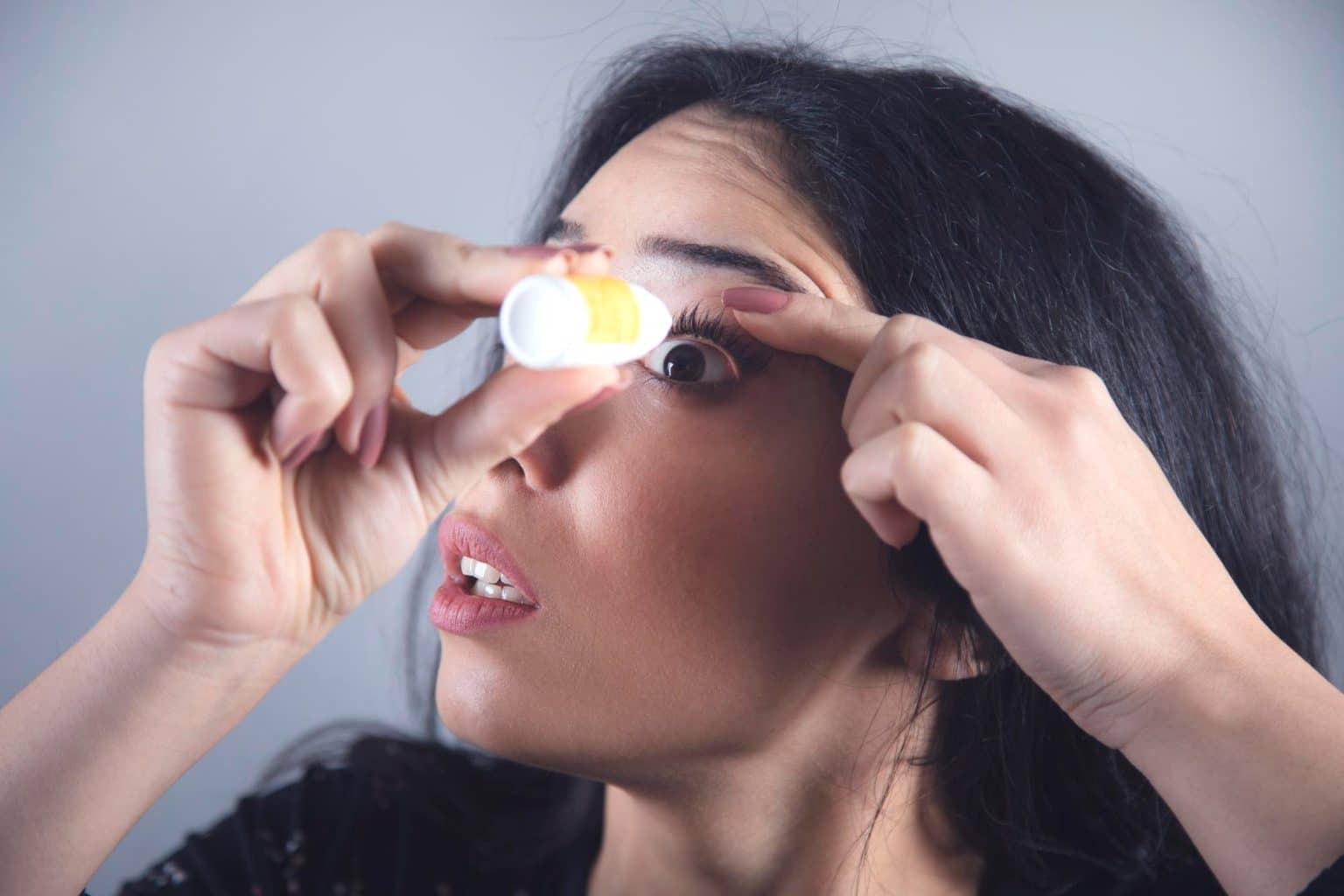Tears are essential for maintaining healthy eyes. They lubricate, nourish, and protect the delicate surface of the eye from irritants. However, when your eyes seem to water excessively without an obvious reason, it can quickly become frustrating and uncomfortable. If you’ve ever found yourself wondering “Why do my eyes keep watering?” you’re not alone. This common issue can stem from a variety of causes, ranging from temporary irritants to underlying medical conditions.
Understanding the Tear System
Before delving into why eyes water excessively, it’s important to understand how tears function. The tear film is a complex mixture of water, oils, and mucous that keeps the eye’s surface smooth and clear. Tears are produced by the lacrimal glands located above each eye and are evenly distributed every time you blink. Excess tears drain through tiny ducts in the inner corners of the eyelids and into the nasal cavity.
When this system is disrupted, either by overproduction of tears or by blocked drainage, the result is watery eyes. This seemingly contradictory symptom can occur even if your eyes feel dry—a condition known as reflex tearing, where the eyes produce an abundance of tears in response to dryness or irritation.
Common Causes of Watery Eyes
There are numerous reasons why your eyes might keep watering. One of the most frequent culprits is dry eye syndrome. Paradoxically, dryness can trigger the lacrimal glands to produce an overabundance of tears as a defence mechanism. Environmental factors, such as wind, pollution, or prolonged screen time, can exacerbate this condition.
Allergies are another common cause, particularly during pollen-heavy seasons. Allergic conjunctivitis can make your eyes itchy, red, and watery, often accompanied by a runny nose or sneezing. Similarly, irritants like smoke, dust, or strong odours can overstimulate your tear glands.
Blocked tear ducts can also lead to persistent watering. This is more common in older adults and infants, where the drainage pathways become narrowed or obstructed. Infections such as conjunctivitis or blepharitis—an inflammation of the eyelid margins—can also disrupt the tear system, causing discomfort and excessive tearing.
When to Seek Professional Help
While occasional watery eyes are usually harmless, persistent tearing warrants attention, especially if it’s accompanied by other symptoms like redness, pain, or changes in vision. Consulting an eye specialist is essential to determine the underlying cause and develop an appropriate treatment plan.
In some cases, surgical intervention might be necessary, particularly for blocked tear ducts or structural issues around the eyes. An oculoplastic surgeon, a specialist in both the functional and aesthetic aspects of the eye area, can address these concerns effectively. Procedures to restore proper drainage or correct eyelid positioning often provide long-lasting relief from excessive tearing.
Managing and Preventing Watery Eyes
The best approach to managing watery eyes depends on the root cause. For dry eye syndrome, artificial tears or lubricating drops can help maintain moisture on the eye’s surface. Identifying and avoiding environmental triggers, such as allergens or harsh weather conditions, can also reduce tear overproduction.
For those with chronic conditions, such as blepharitis, a consistent eyelid hygiene routine is crucial. Warm compresses and gentle cleansing of the eyelids can help reduce inflammation and improve tear film quality. In more severe cases, medications or specialised treatments may be recommended by your eye care provider.
Whether it’s through lifestyle adjustments, medical treatments, or seeking specialist advice, there are solutions to help you see clearly and comfortably. Your eyes work hard every day—taking care of them ensures they’ll continue to serve you well for years to come.

